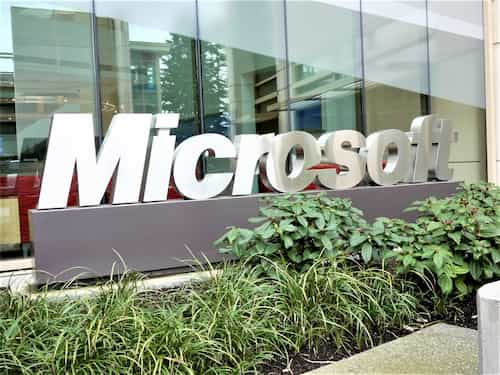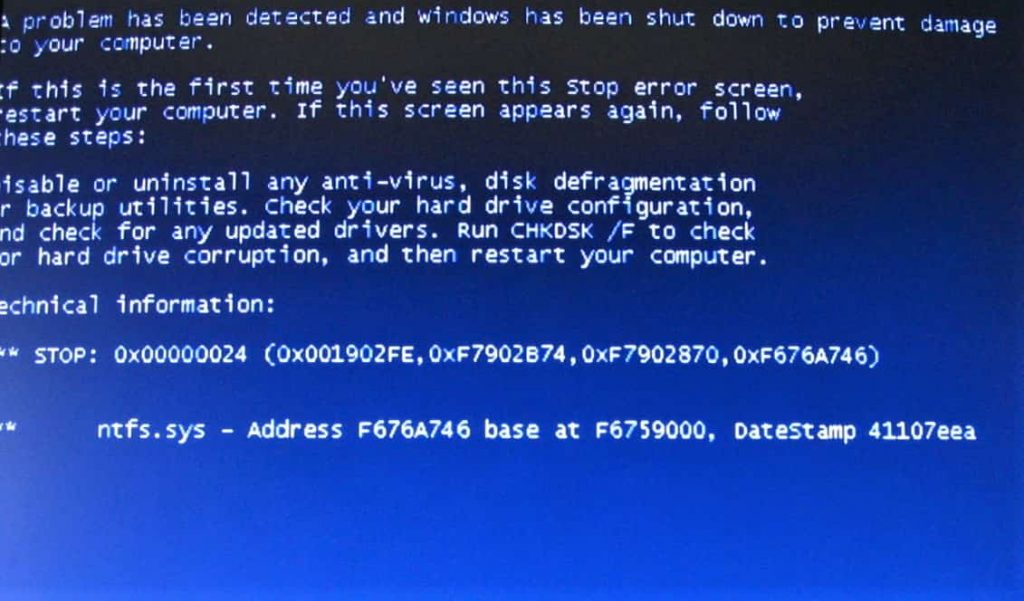The world’s most costly computer virus.
Can one single computer-virus cause damages for almost 40 billion dollars?
What is a Computer Virus?
A computer virus is some sort of malicious code made to automatically multiply and spread from one computer to another, without being noticed. It normally enters your system from an e-mail attachment, from a downloaded file, or from removable media such as a disc, a USB stick, a memory card, etc. The creator of the virus aims to steal information or data, control the computer, or simply create damage by overloading the system.
And that creator, the hacker, can be anybody. Many of the worst cyber-attacks have never been resolved, the virus programmer has never been found. These delinquents forming a substantial threat to the safe internet can appear in any form, From cybercriminals, organized fraud syndicates, and governmental espionage groups, to kids who just want to see how much damage they can accomplish.
Aren’t we better off now? With all the Ant-Virus software, don’t we have safe internet today?
The thing is that the defense mechanisms, Anti-virus software, Firewalls, defense systems in the programs themselves, and most important of all, the awareness and knowledge of all of us, the users… All this is making the internet safer. But just like in the physical world, the crooks are getting better too.
Here’s a list of a few cyberattacks, and I’m only counting those in 2019:

- American Medical Collection Agency (AMCA), May 2019. Number Affected: 25 million
- Citrix Systems, Inc, March 2019. Number Affected: Unknown
- Capital One, July 2019. Number Affected: 106 million
- Facebook, April and September 2019. Number Affected: 419 million – 540 million
- First American, May 2019. Number Affected: 885 million
The safe internet – How do you defend yourself?
There are two strategies to keep in mind.
- Don’t let it in.
- Kill anything that manages to get through.
It’s a bit like fighting bugs.
- To block it from getting in, you mustn’t click on e-mail attachments that you’re not familiar with.
- You should be careful when you install programs on the internet.
- Don’t click on shady links.
- Use multiple keywords and hide your personal info.
- Secure your wifi, and avoid using public networks.
- Back up your files… Photos from when the children were small are worth saving if things go bad.
- Invest in a good security system and keep the virus definitions updated.
The biggest threat to the safe internet.
But let’s talk about the most costly computer virus ever.
Craig Schmugar, an employee at McAfee security software, found an e-mail worm on Monday, January 26, 2004. He noticed that the program code had “mydoom” in it. As he immediately sensed that this was going to be very big, and as the name was appropriate, he named it after the code snippet, My Doom.

It was a simple email attachment, but in 2004, people weren’t all that suspicious. The threats to the internet were few, and many hadn’t been warned about opening strange email files. The message of the mail was something like “Error”, “Mail Delivery System”, “Mail Transaction Failed” etc. Or it could be more familiar in its tone… “Hi”, “Hello”, or “Click me, Baby…”. It didn’t attack Apple computers, but only Windows systems.
It also copied itself to the “shared folder” of Kazaa, a peer-to-peer file-sharing application.
The first wave
Within hours the virus was spread all over the internet and slowed down the average load speed of any web page by 50%. The virus was programmed to perform a Denial of Service attack on the SCO group’s website on February 1. This is a kind of attack where the virus attempts to block the website’s server by overloading it with multiple requests.
The second wave
Two days after on January 28, a new version was launched, “MyDoom B”. This virus, as well as having all the characteristics of the first virus, also targeted the Microsoft.com website. Both viruses, apart from attacking SCO and Microsoft, also opened a backdoor. This backdoor let other viruses in, and it was operational for many years, and it is so even today.
On July 26, 2004, a different version of the virus attacked the Google website. For 5 hours the popular search engine experienced problems and slowness. Yahoo and Lycos suffered minor issues.
The 2009 Cyber Attack in the US and South Korea was caused by the MyDoom-virus.
The MyDoom-virus although quite simple, being an email attachment, it is still particularly aggressive, and self-sufficient. It continues to work in the shadows until it finds a way to multiply. The fact that it leaves a backdoor open in the system makes it hard to discover and get rid of.

The most costly computer virus ever – conclusion
In 2004, 25% of all emails sent, were estimated to be infected with the virus.
The total cost of the damage it has caused is 38,5 billion dollars, which makes it the most devastating computer virus ever, in terms of money. Though calculating the cost of a cyber attack can be very difficult. It is still regarded as the most costly computer virus ever.
And after 16 years it’s still a major threat to the safety on the internet.
In 2019, still, more than 1% of all malicious emails are MyDoom. But as it is polymorphic some 30% of all malicious email samples are MyDoom.
Conclusion
Yes, the most costly computer virus in history caused 38 billion dollars in damages. It is labeled MyDoom… And it’s still out there, even today.
sources
